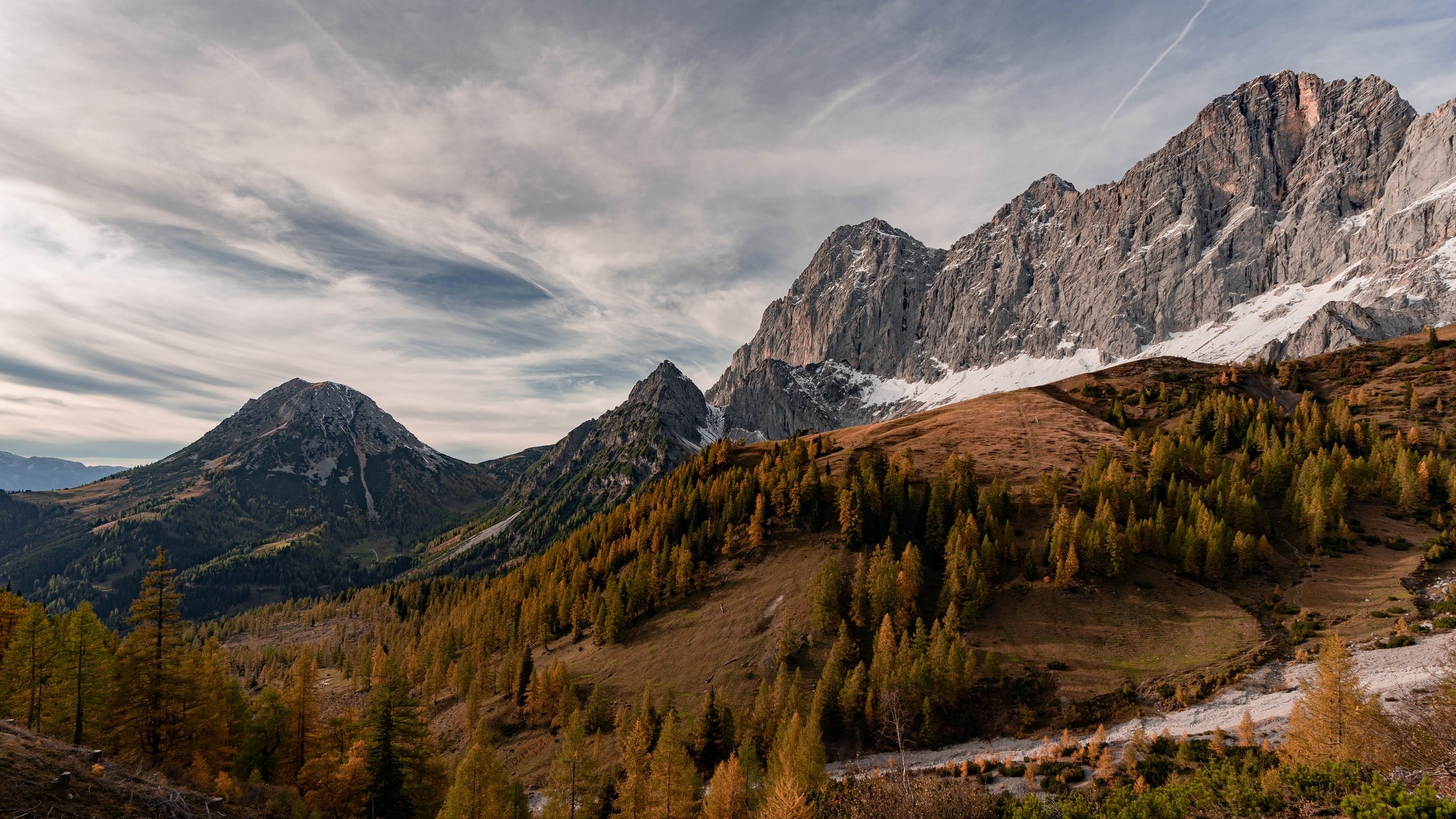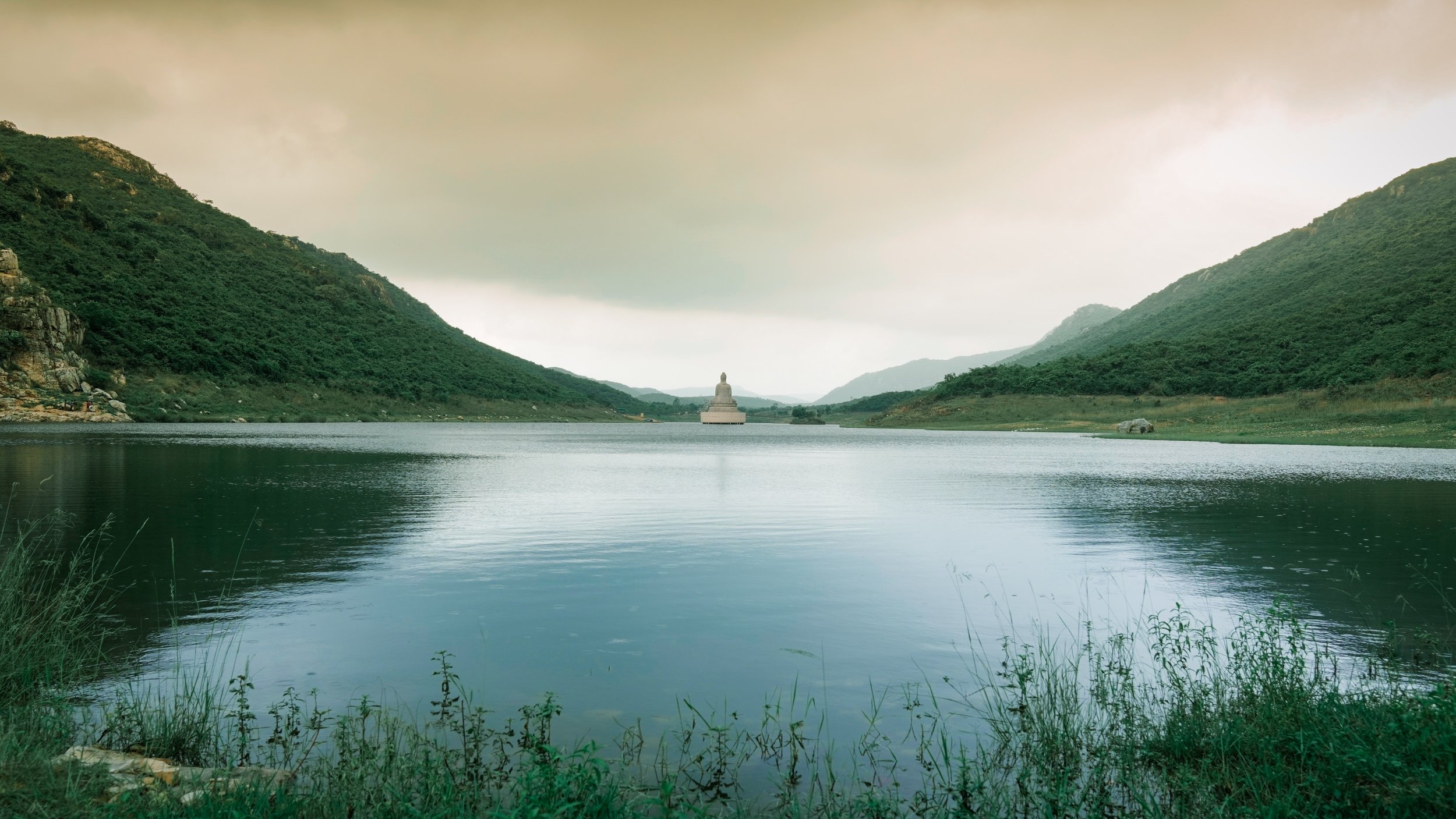
Articles & Interviews
FEATURED BLOG:Author: Lama Döndrup
Like many religions, Buddhism inspired various paths of practice, philosophy, and ceremony. While there are many different lineages of Buddhism, the two main branches are Theravada and Mahayana. Vajrayana is part of the Mahayana.
Reflections on 40 years of Losar Celebrations
Susan Shannon lived in the San Francisco Bay Area for many years, where her Tibetan connections brought her into the inner circles of Tibetans who had relocated there.
The first Losar party I attended was back in 1980. At the time it was reported there were only 5 Tibetans living in California, and they were all going to be at this little party. There was excitement among them that a new Tibetan, actually a Sherpa woman, had just moved to the Grass Valley area, and was going to be there too. Being included in this party would be an experience!
Celebrating Losar: the Tibetan New Year
March 3rd, the first day of the new moon is the day that we celebrate Losar this year. Losar is the Tibetan celebration of the new lunar year. Lo means “year” and sar means “new” or “fresh.” Just as the solar cycle starts on January 1, the lunar cycle starts anew in February or March, depending on the lunar calendar and region. This year, Chinese New Year was February 2nd. It is not unusual for the Tibetan New Year and Chinese New Year to be celebrated at different time.
Top 5 Buddhist Celebrations and Holidays
Buddhists observe many special days of celebration and remembrance. These holidays generally center around remembering the Buddha and his teachings. Many Buddhist holidays are determined by the lunar calendar, so the exact dates of observance will vary from year to year.
Returning to the Mother: Buddhism's Story Retold
As a sangha that cherishes the feminine Shangpa lineage, this course about Mahaprajapati Gautami, sister of the mother of the Buddha, was a compelling examination of the essential role of women in Buddhism from the very beginning of the Buddha’s birth that continued throughout the formative years of Buddhism itself.
The Dharma Meets The Sopranos
Susan Shannon entered the Talking Sopranos Superfan Contest with her entry of 150 words or less that answered “Why are You a Sopranos Superfan and What Happened After the Cut to Black?”
Shattered Complacency and the Path to Awakening
Our world has known specific conflict and suffering more acute than the current situation, be it from wars — most recently we can think of Syria and the Middle East; or natural disasters — we can remember vividly Hurricane Katrina and New Orleans, or the more recent hurricane in India. These have tended to be local or regional, and so in most cases far from our own lives.The current pandemic is different. It is silent and invisible, global, and deadly, at least to a percentage of the population — particularly those more vulnerable.
How to Find Joy in Suffering
When I began reading Shantideva, I was very taken at the invitation he was offering us through the Bodhicaryavatara, which is his guidebook to becoming a bodhisattva. When I got to chapter six, which is on patience (sometimes translated as forbearance), I was in a long dark night of the soul.
Love on Every Breath Meditation
Love on Every Breath is an ancient Tibetan Buddhist Vajrayana meditation from the Shangpa lineage that combines breath, awareness, imagination, and an energetic transformation process. The meditation brings all these components together in a powerful way in order to open our hearts, to reveal and cultivate our kindness, love, compassion, and wisdom.
Understanding the Wheel of Life
In this season of the lunar new year, the study of the Wheel of Life and the 12 Links of Interdependent Origination have been a central focus in the Sukhasiddhi Sundays study and practice sessions. The Wheel of Life is a visual representation of samsara (cyclic existence) and its causes and components.
Teachings on the Two Truths
Shakyamuni Buddha’s first of Four Noble Truths is an acknowledgement of the suffering that one experiences in any of the six realms of existence. What a relief it was for me when I first read this foundational teaching. The impact was such that I remember the exact moment in time and location of that first exposure.
Karma: Empowering Compassionate Action
As our human family faces multiple challenges resulting from an accumulation of our past collective actions, it is a good time to reflect on how we might make our current actions contribute to a more wholesome direction in the future.
Profound Lessons for the Living
Lama Pat Berube discusses the changes that have come since the publication of Elizabeth Kübler-Ross's ground breaking book, On Death and Dying, started a revolution in how we care for the dying. There are profound lessons for the living as we learn that how we die truly matters.
Meeting Difficult Mind States Moment to Moment
Lama Döndrup suggests ways to reframe crisis and offers simple practices to help us connect with the infinite capacities of our minds and hearts.
An Interview with Board Member Gary Buck
I wonder, in what ways will the Dharma shape American culture, and in what ways will it adapt itself in order to be meaningful for those with a western mindset? How do you maintain the purity of the teachings and at the same time adapt them to a new cultural context? Sukhasiddhi is a place that’s holding this question.”
An Interview with New Board Member Susan Shannon
The sangha at Sukhasiddhi are very serious practitioners, very talented, sophisticated and professional. Palden Drolma always told me this and now I see it for myself. They are not fly-by-night individuals only slightly interested in the dharma, but rather, a community of solid and integrated practitioners willing to get in and do the work. I’m all about strengthening and expanding that community and creating opportunities for service. For example, I have a Buddhist prison program that I‘d like to offer and get people involved with.
From Fear of Death to Greater Compassion
As the latest cases and deaths from Covid-19 filled the news, it has been impossible to not think about death. The virus has brought major changes to how we live our lives. Those who have lost loved ones and the medical personnel caring for the sick are having a particularly stressful time. Our emotional, spiritual and cultural distance from death has been narrowed. Our denial and avoidance in talking about and facing death has been challenged. It is likely that the pandemic will change the conversation around death and dying.
Welcoming Everyone: Dharma Practice for Daily Life
With all that's going on in the world, the yidam practices have been particularly helpful, because there’s a point where you can welcome everyone, including people you’re having difficulty with, into the practice. That’s so profound for a time like this, because there are so many voices in the world that are so difficult to hear — that are so destructive. These times are stressful, but not nearly as stressful as if I didn’t have that kind orientation.
The True Meaning of Dharma
Kalu Rinpoche, lineage holder for the Shangpa Kagyu, will be visiting Sukhasiddhi in April 2020. Here, he talks about a key preparation for living the true dharma.
THE DEFINITION of the true meaning of dharma itself is being in this particular moment. Being in this particular moment does not mean the empty emptiness....
Finding a Spiritual Home
In America and in the West in general, we are exposed to many different spiritual traditions, not only our own Judeo-Christian traditions, but also the traditions of Islam, all of the different traditions of Buddhism plus an immense variety of other Eastern and indigenous spiritual traditions and disciplines. This is an incredible opportunity and time that we are living in right now, an opportunity to touch into so many traditions, to read and study, to explore and travel, and to do different kinds of spiritual practice.

























